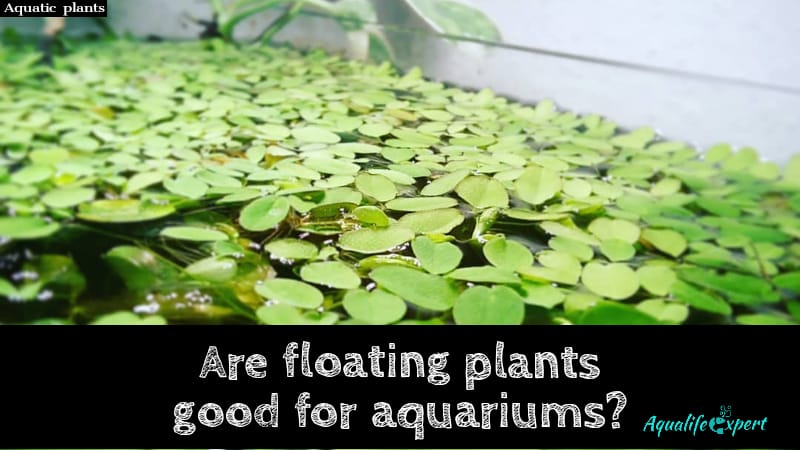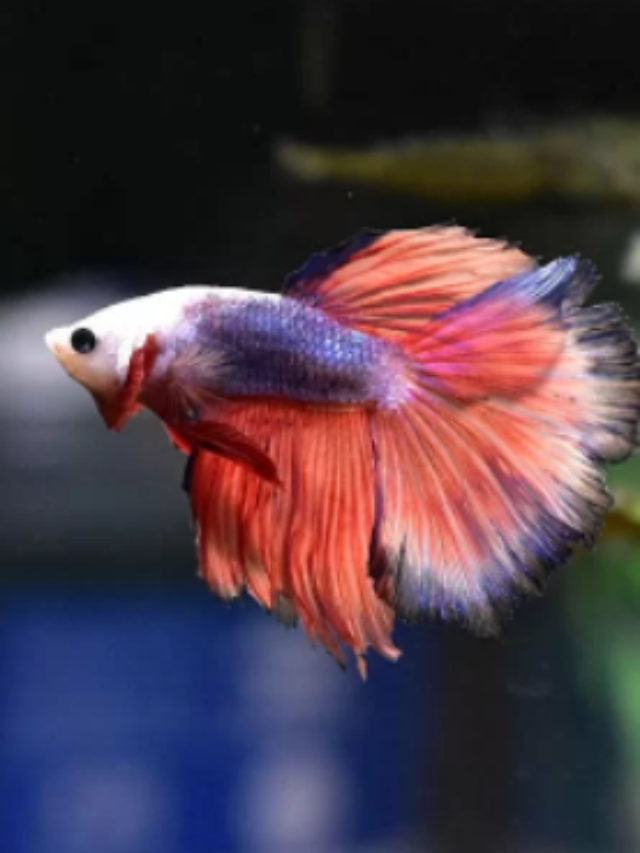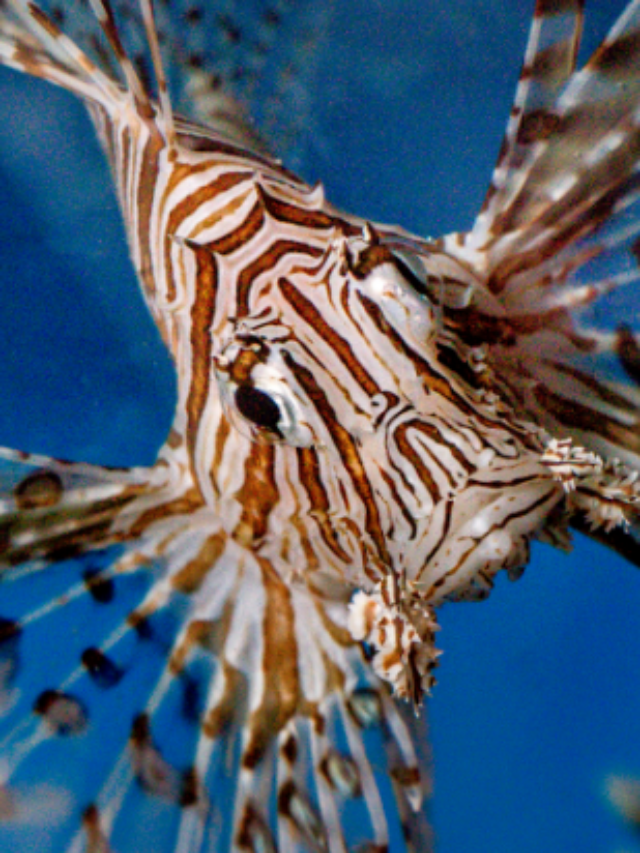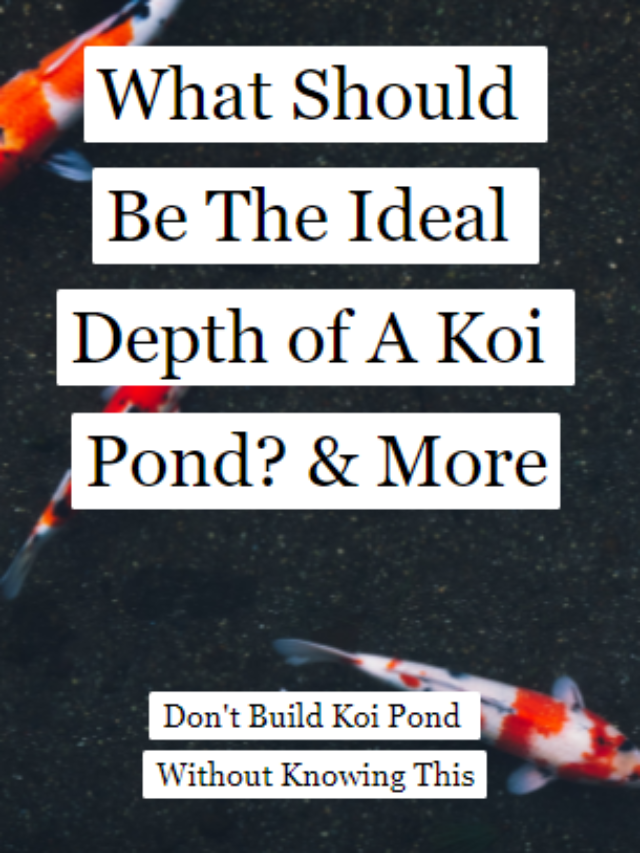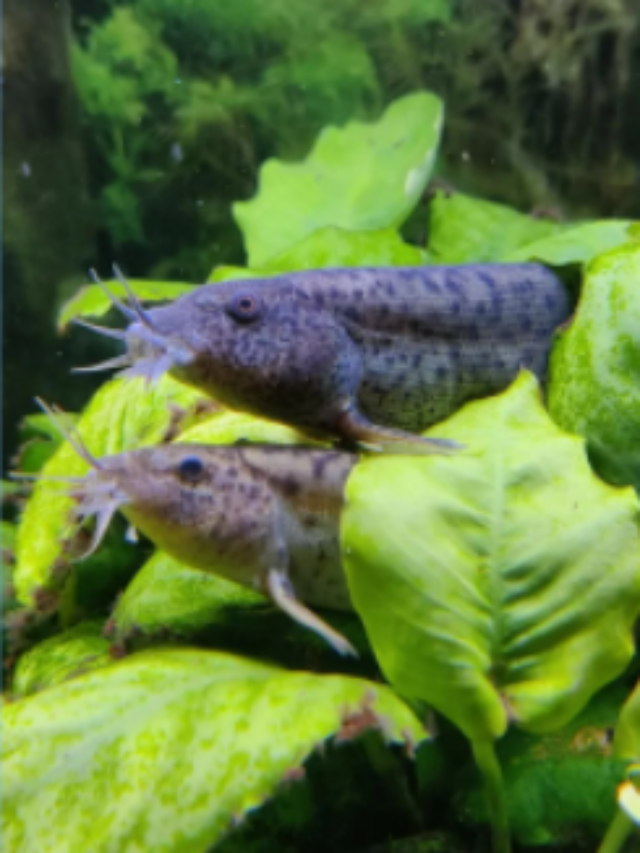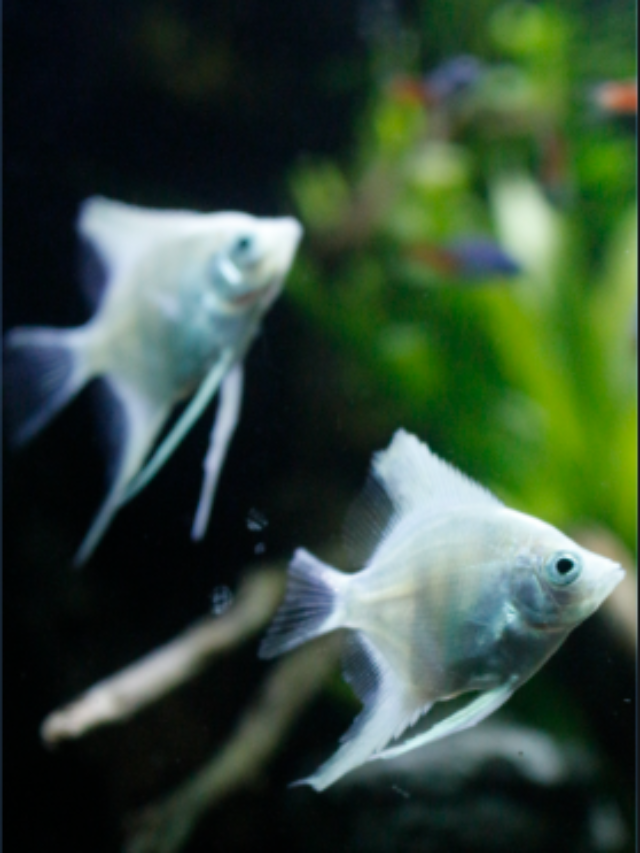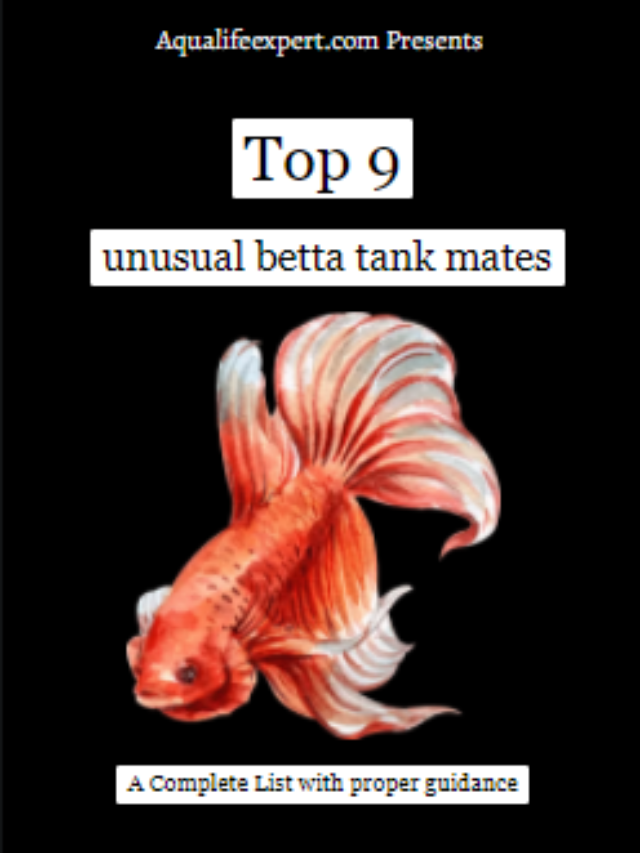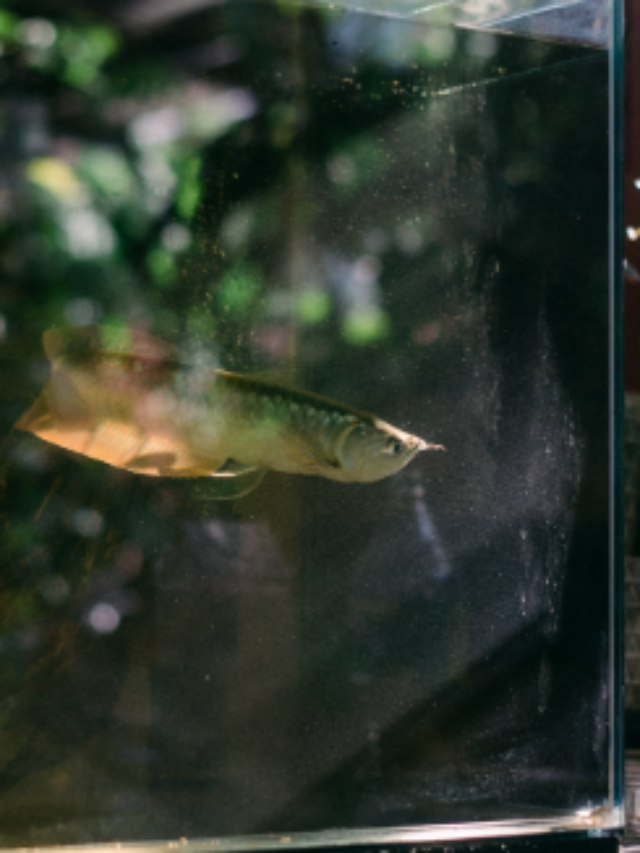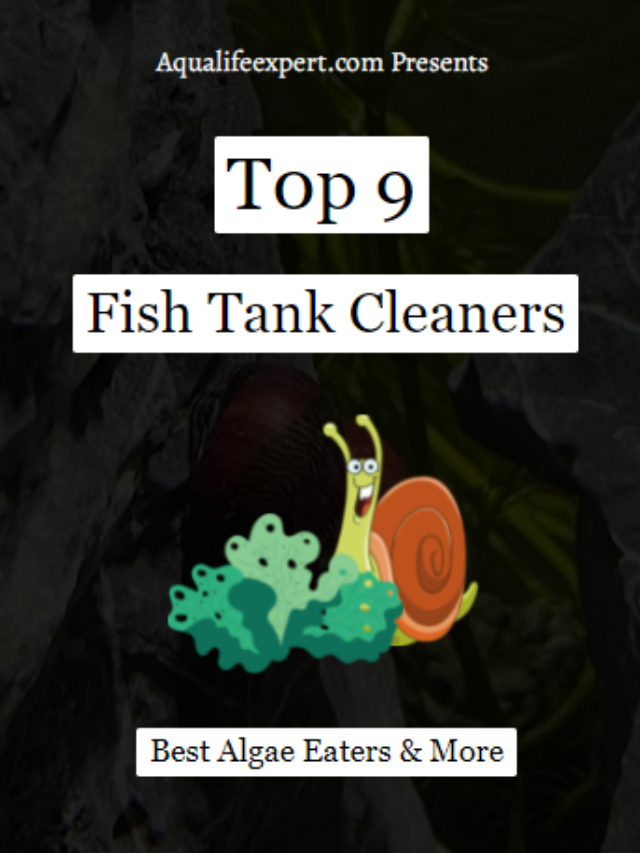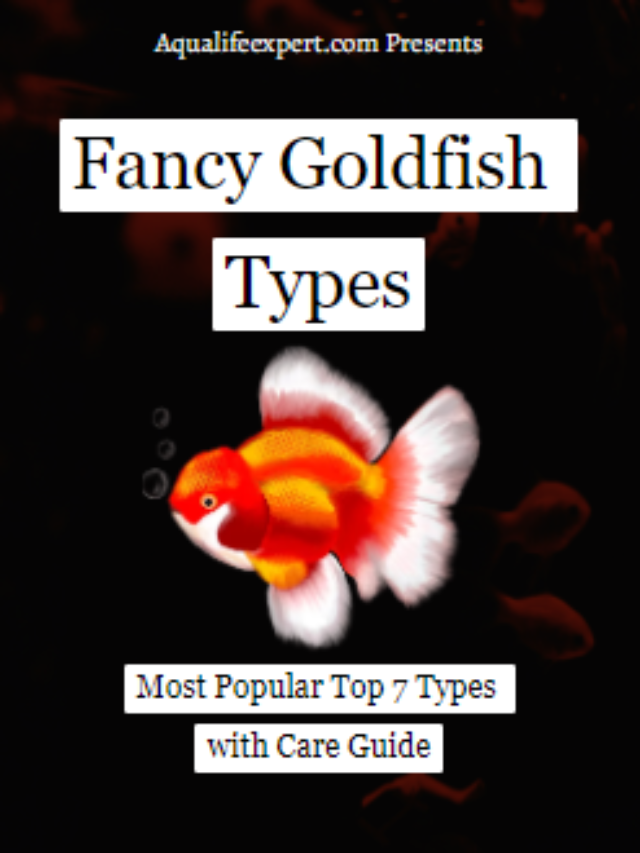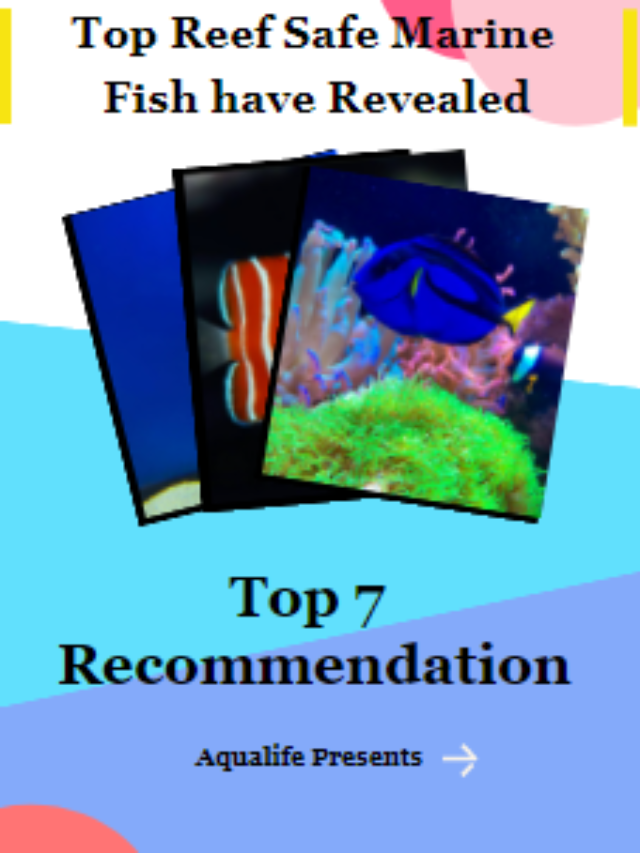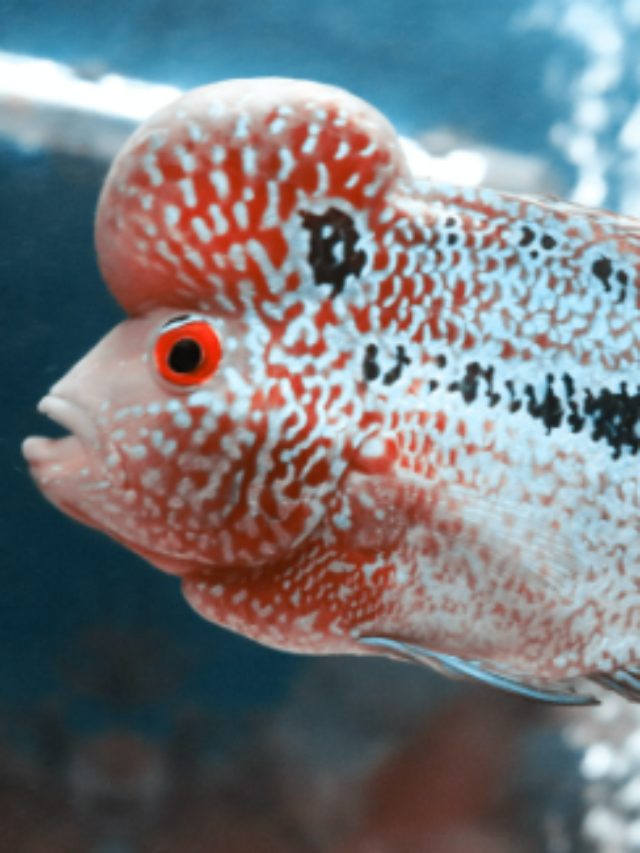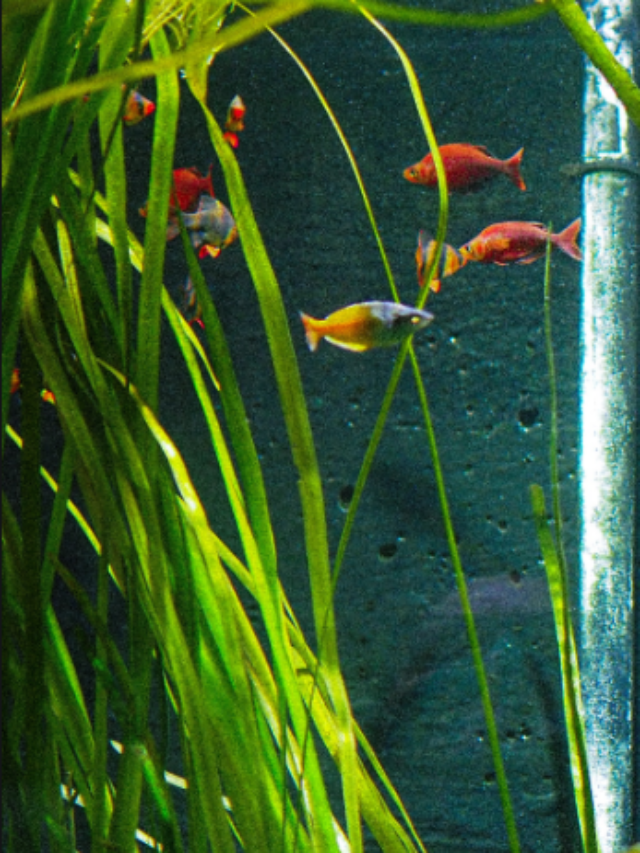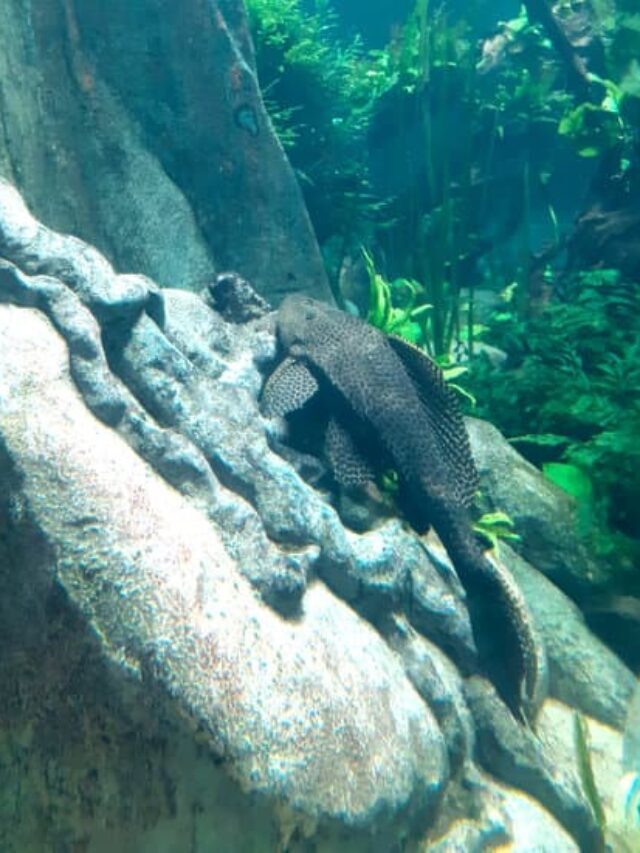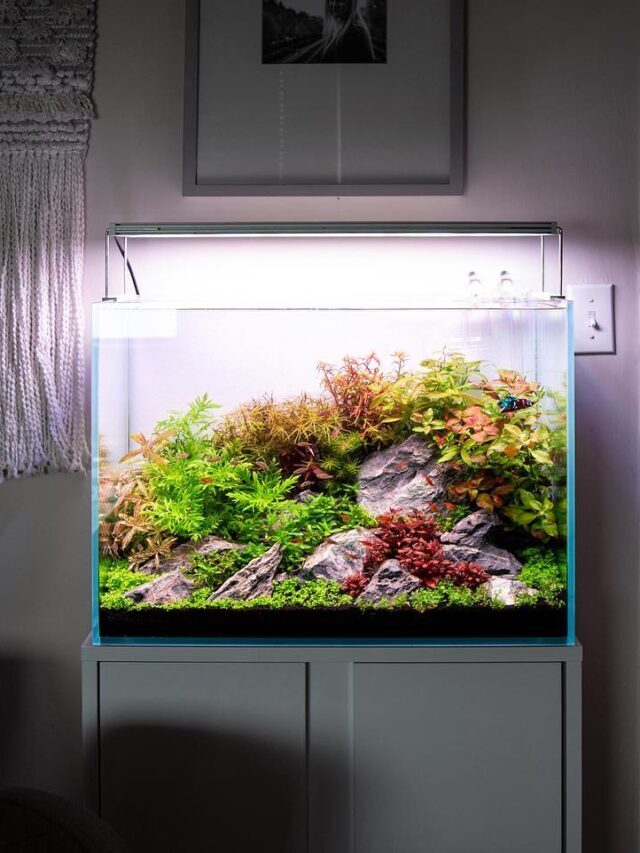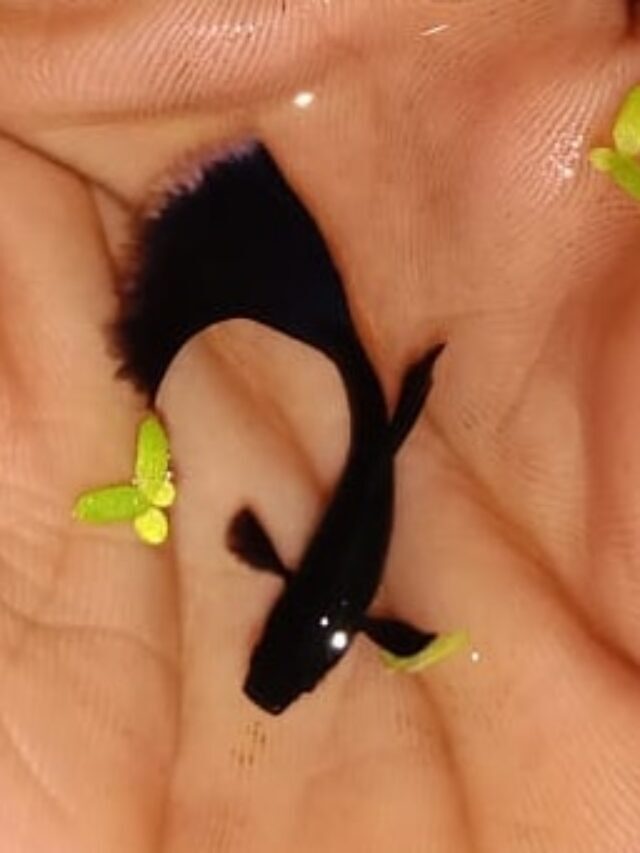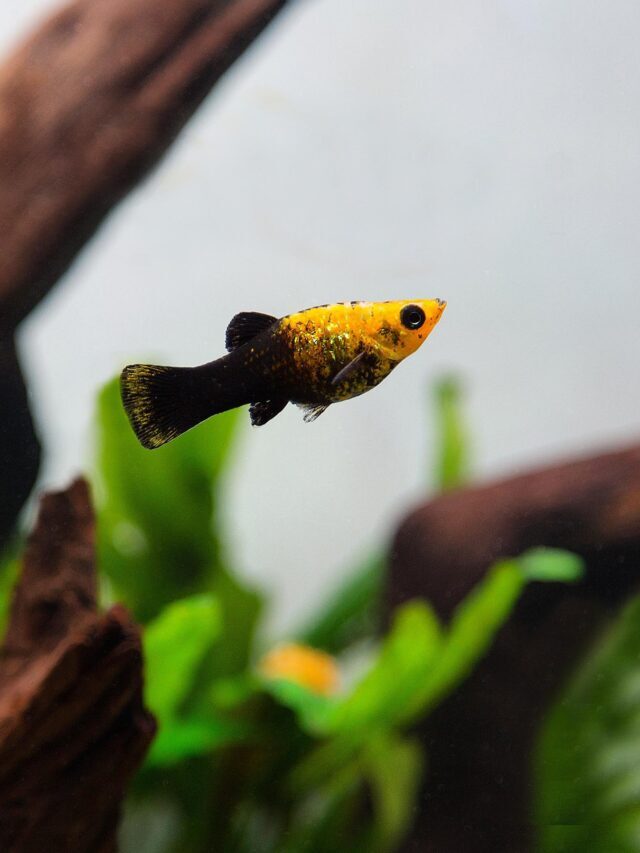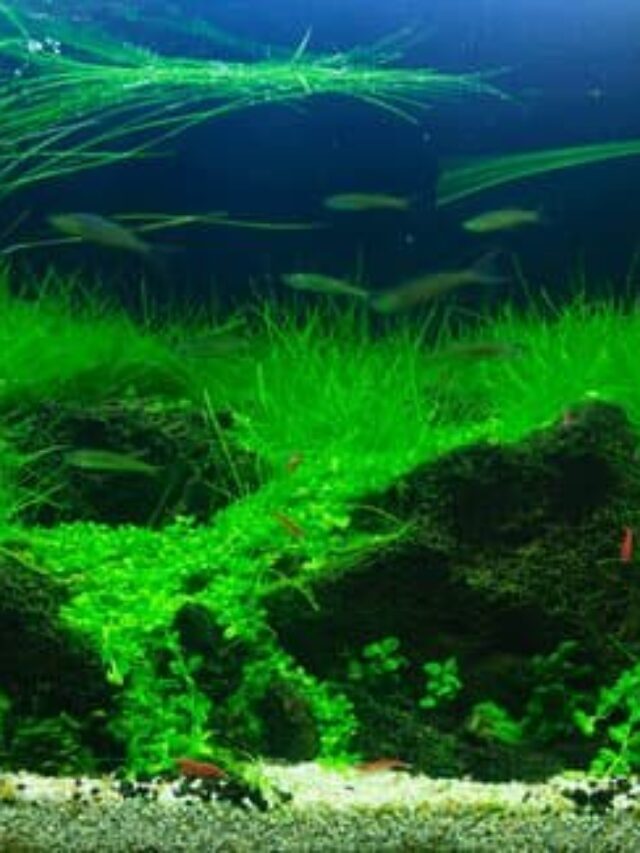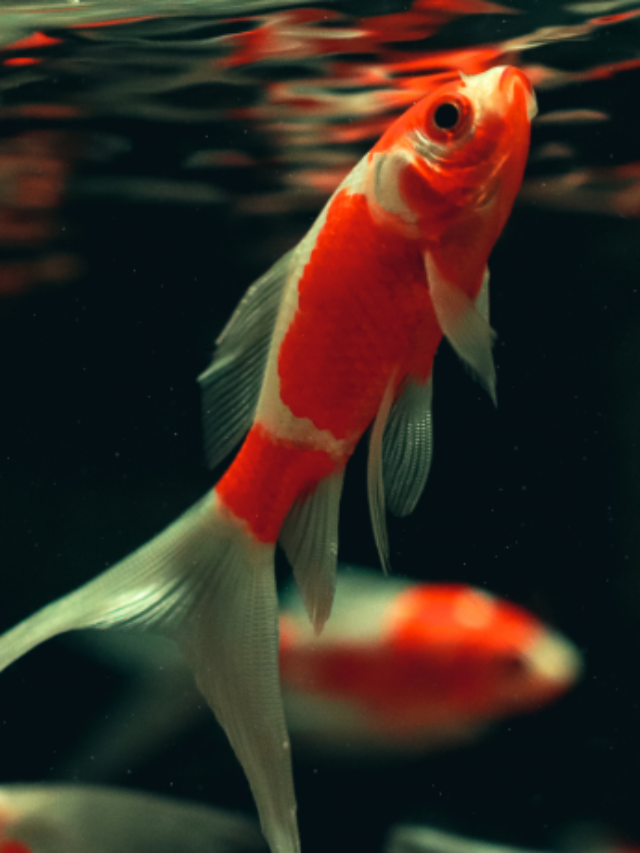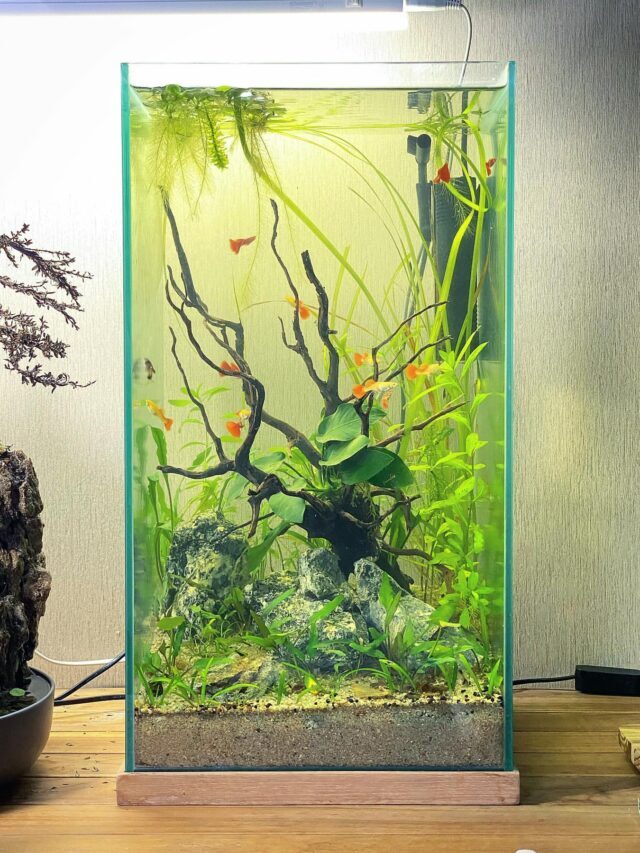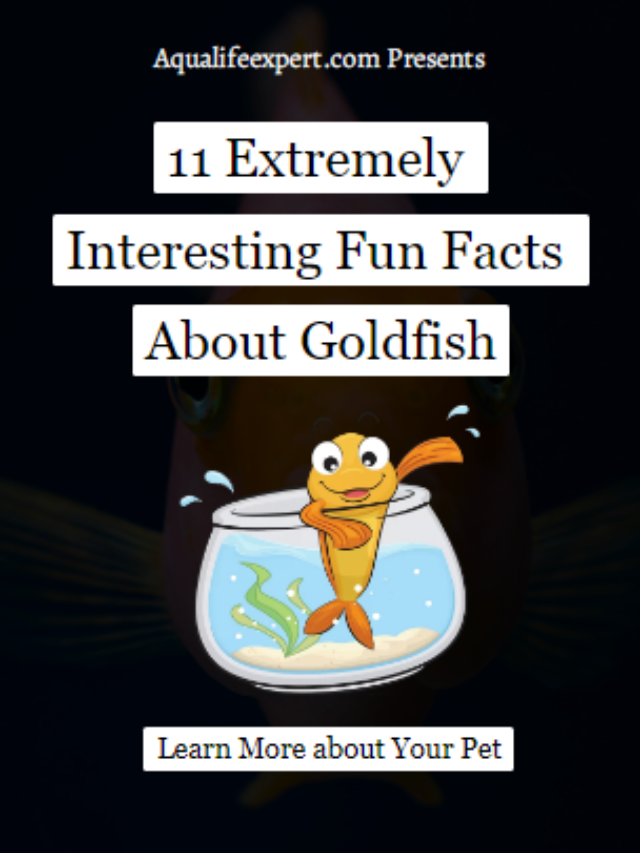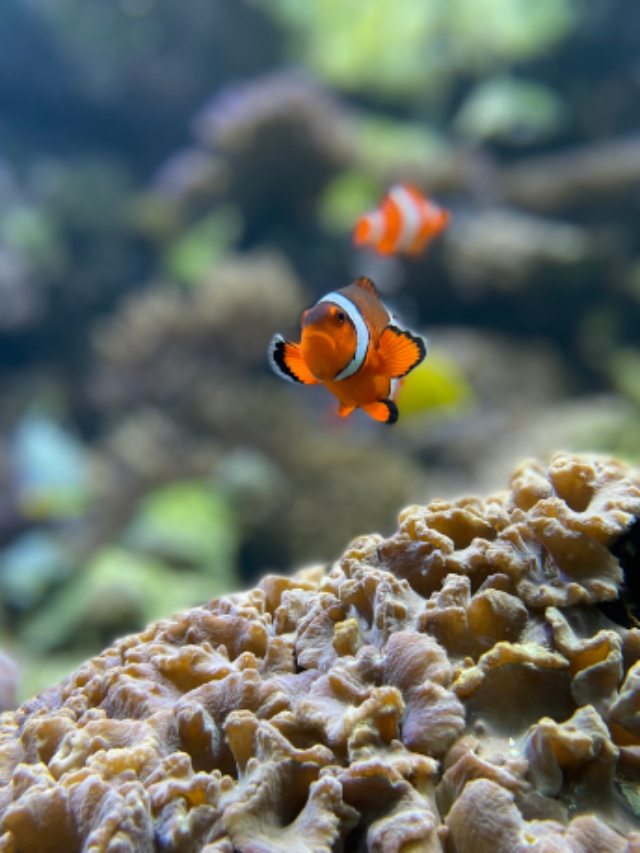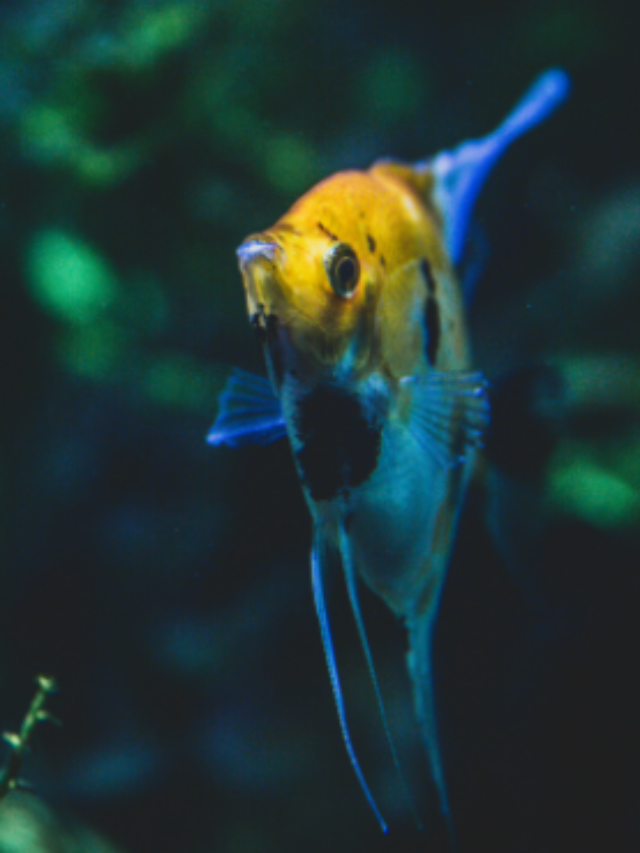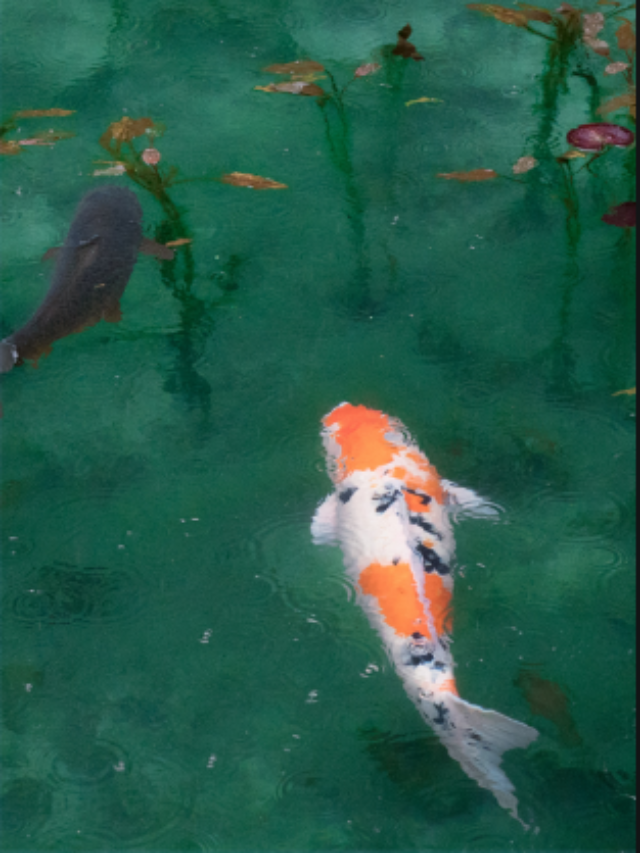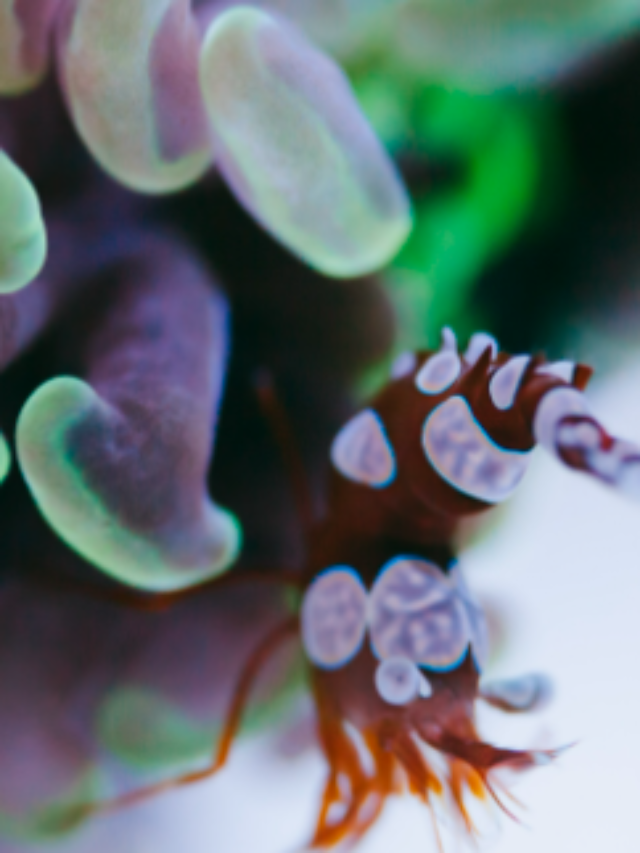Are Floating Plants Good For Aquariums? 7 Floating Plants Recommendations
Check Our Quick Stories
Floating plants are one of the important types of plants for an aquarium. Lots of new aquarists don’t want to keep floating plants just because of some preconceived notions. However, those are not correct. Actually having floating plants is beneficial for an aquarium.
As a whole, floating plants are considered the alternative food source for baby fish, shrimp and snails. These provide the necessary covers. Fish feel safe inside of the aquarium just because of floating plants. Furthermore, these plants help to reduce algal growth. These work as a natural filter too.
This two-line answer may not have satisfied you to know the answer completely. But don’t worry, here we will show you exactly why having floating plants are important for an aquarium. The 5 benefits will be discussed here. So without wasting time let’s dive deep into the topic.
Why are floating plants good for aquariums? 6 exact benefits

1. Floating plants are considered alternative foods
You may think that your fish will die of hunger if you are going outside for a few days. Generally, fish can live for a few days without food depending upon the species. However, if you keep floating plants in the aquarium, you don’t need to think about the fish’s appetite.
Floating plants are a great source of food for every type of ornamental fish. Some fish are herbivorous and they can eat the roots or leaves of floating plants. Some fish are carnivorous. These can eat pods, invertebrates, snails, etc. which are dependent on plants. This way, none of your fish will be unfed anyhow if you keep floating plants inside your aquarium.
2. Floating plants provide the necessary cover
Some saltwater and freshwater fish jump out of the tank frequently. This happens due to various reasons. Now to prevent this, you can put a lid on the aquarium. However, a healthy way to prevent this is to cover the surface of the water with some floating plants. This helps to reduce the aggression of fish inside the aquarium. In this case, the fish do not feel the aquarium is a confined place. In addition, predators can’t bully other small fish frequently.
Read more:- How to Build Planted Betta Tank (Care Guide with Infographics)
3. Natural habitat is created by floating plants
Some ornamental fish live in shallow or deep ponds, rivers and puddles. So you must develop a natural habitat inside of the aquarium. In this case, floating plants can help you a lot. Floating plants can cover the surface of the water. Sunlight can’t penetrate directly into the water. Some fish prefer this type of condition. They feel safe inside the aquariums and thrive quickly.
4. Floating plants reduce algal growth
Algae are one of the important living plants inside an aquarium. It helps to start the nitrogen cycle of an aquarium. However, excess algae can’t help an aquarium to thrive. Excessive algae are called algal blooms which can occur due to excessive uneaten food, fish wastes, direct sunlight or commercial lights, and so on.
Floating plants can help to prevent this algal bloom by taking the wastes for them. Plants are the direct competitor of algae in terms of food. Floating plants share nitrogen, carbon dioxide and other nutrients with algae. So, algal bloom can’t occur suddenly. This way floating plants of an aquarium control the algal bloom of an aquarium.
5. Filtration activation occurs due to these plants
All of us know that plants are a good source of filter air. It takes carbon dioxide and other hazardous aerosols and releases oxygen to purify the air. Not only that, but plants purify the water too.
If you want to get an extra filtration system without reducing the space of your aquarium then choosing floating plants is the best for that aquarium. Floating plants like hornwort oxygenate the water well (generally, hornwort can stay underwater; however, it can float on the water too).
Some floating plants can remove all the hazardous metals from water. Arsenic and lead are the two significant elements that can be removed with the right floating plants. Not only that but heavy materials like zinc, copper, and cobalt can be removed by floating plants also.
6. These can grow quickly with low maintenance
If you want to build a well-decorated planted aquarium then high maintenance is required. You must be an expert in this field before developing a well-decorated planted aquarium.
However, floating plants do not require high maintenance. You can purchase normal aquatic plants like duckweed, and Amazon frogbit hornwort for it too. Lots of people think that the money plant is not a suitable plant for aquariums. However, it can grow well in water too. If you want to make a Riparium, then the money plant should be chosen.
Read more:- Is Money Plant (pothos) Suitable for Fish? A Scientific Analysis
How do you choose the right floating plants for an aquarium?
Before choosing a floating plant for your aquarium you must understand the Nature of fish. Some fish feel shy when they are introduced to a new community tank. A covered water surface is good for them.
On the other hand, some fish like betta, and gourami are called labyrinth fish that prefer to take oxygen from the air. For this species, a fully covered water surface is not recommended. Furthermore, betta builds bubble nests during the breeding period. So floating plants should be fixed depending on the species of the aquarium.
Read more:- Why is Marimo Moss Ball Shedding? 7 Causes With Solution
What are the top 7 floating aquarium plants?
Choosing an aquarium plant is a little bit easier than choosing fish for a community tank. Choosing fish is difficult because fish show aggression and territorial nature. So a small mistake can destroy the tank.
Generally, plants do not show this kind of issue. However, if you want to keep fish in that planted tank, then you must know about your fish first. It is because some fish prefer to nip the leaves and roots of the plants. So you must remember it. Let’s know what 7 floating plants you can choose for your aquarium.
-
Hornwort
Care level- Easy
Nano tank compatibility- Yes
Growth rate- Fast
Aquarists who want to develop an aesthetic view of their aquarium for that hornwort is a most suitable and cheap plant as an option. The main advantage of choosing this plant is its versatility. It means hornwort can be fixed with the substrate or can be used as a floating plant.
This plant is very easy to take care of. It can tolerate a wide range of temperatures too. From 15°C to 30°C is the suitable temperature range for keeping hornwort healthy. This plant oxygenates the tank very well. By photosynthesis, it releases a huge amount of oxygen into the water
This plant can grow very quickly when it gets too much light in an aquarium. This is a big drawback of keeping hornwort in aquariums. In addition, it sheds too, which creates debris in the aquarium.
Hornwort is a very good shelter for small and shy types of fish. You should use it as a floating plant. However, avoid keeping other plants with it because it absorbs nutrients very quickly. This is why other plants may die off if they are kept with hornwort. A 15-gallon tank is enough for keeping hornwort healthy.
-
Cabomba
Care level- Hard
Nano tank compatibility- Not compatible
Growth rate- Fast
Cabomba plants should be the second choice for your aquarium as a floating plant. This plant also grows on the substrate or as a floating plant. This plant is popular for its reddish, purple leaves.
Some people think it is easy to take care of. However, actually, it is not true. So if you are a complete beginner then you must not choose this instead of hornwort.
To keep cabomba plants, a planted tank requires sufficient lights.
Some people fix low lighting arrangements for cabomba plants that are not good. A few days later this plant will start dying off. To keep cabomba plants healthy, aquarists must provide more wattage of light for a longer period of time.
This plant requires liquid fertilizer to grow. Iron is such an element that helps cabomba plants to grow quickly. CO2 supplements are also necessary for this plant. Cichlids and goldfish are two ornamental fish that are suitable to keep with this floating plant.
Read more:- Basic Interaction Between Plants & Fish Inside an Aquarium
-
Dwarf water lettuce
Care level- Medium
Nano tank compatibility- Not compatible
Growth rate- Fast
If you want a plant that will float all over the water surface of the aquarium then dwarf water lettuce is the best option to choose. This plant is a proper floating aquatic plant for an aquarium or a pond.
Dwarf water lettuce is a great plant for a breeding tank. This plant creates a perfect environment for baby fries and shrimp inside the aquarium. So they prefer this plant.
To maintain this aquatic plant, you must need some space. This floating plant grows so quickly and so nano tanks are not suitable for this plant. This floating plant requires nitrates to grow healthily. You do not require injecting nitrates and CO2 for this plant like cabomba.
This floating plant requires a shady environment to grow quickly. So you do not require high lighting arrangements for it. A small normal white colored bulb is enough for it. Don’t keep this plant in a brighter light condition suddenly. Leaves will turn brown or yellow just because of it.
Read more: – Toxic Plants for Betta Fish (Top 7 with Pictures)
-
Red root floater
Care level- Easy
Nano tank compatibility- Yes
Growth rate- Medium
Lots of aquarists do not prefer this plant as a floating plant for their aquarium. However, we are recommending this plant for its aesthetic view.
The care level of this floating plant is very easy. Beginners can easily start their planted aquariums with this plant. The environmental tolerance level of this plant is very wide. So you as a beginner do not need to know some specific conditions to keep this plant healthy.
The leaves and roots of this plant can turn red color if it gets a proper environment. This is why this plant is called the red root floater. At this point, this plant changes the view of the aquarium totally.
The proper light can expose this plant. To change the color of this plant, you must provide the proper light source. Do not keep this plant in a high water current. Gentle and slow-moving water is good for this plant.
If you want to add a source of oxygen then red root floaters are the most suitable ones. It oxygenates the tank very quickly. However, it does not require CO2 supplements like cabomba.
Read more:- Why does my aquarium plant turn transparent?
-
Water wisteria
Care level- Medium
Nano tank compatibility- Yes
Growth rate- Medium
Water wisteria is such a floating plant that requires a little bit of experience to handle. However, beginners can take care of this plant well if they learn to maintain any other aquatic plants. This plant also can tolerate a wide range of aquatic conditions like red root floater.
As a tank cleaner, you can keep water wisteria easily. Not only that, but this plant can be a good shelter for the shy fish also. You can use this plant in various ways. This can be used as a green carpet on the substrate or as a floating plant on the water surface too. So the usage of this plant should depend on the aesthetic view of the aquarium.
This plant grows well when it gets enough light. So a shallow aquarium is a perfect place to keep this as a floating plant. This plant does not grow so quickly as hornwort or cabomba. So you can keep this plant in a nano tank easily. A slightly warmer temperature is preferable for this plant. However, it can tolerate a wide range of temperatures.
-
Mosquito fern
Care level- Medium
Nano tank compatibility- Yes
Growth rate- Fast
The mosquito fern is a very common floating plant in the world. Aquarists use this plant in their aquarium frequently. People believe that mosquitoes cannot lay eggs on the surface of water due to the presence of this plant. So it is named a mosquito fern.
To take care of this plant, you should provide a warm temperature. It starts to die off gradually at a cold temperature. It thrives in a humid environment. In the aquarium hobby, this is used as a floating plant only. On the surface of the water, it grows like a mat. So this is why the inside of the aquarium remains shady and solitary which is good for shy and small fish.
It grows rapidly and that’s why fish feel that they are protected.
It has a symbiotic relationship with blue-green algae. This absorbs nitrogen very fast So if you want to establish the tank fast, then keeping mosquito fern in the aquarium is a good decision. This plant is a small aquatic plant so a nano tank is compatible with it.
This plant does not require any substrate to keep. However, its roots grow underwater. It will be a good option as a plant if you want to build a riparium. Direct sunlight is good for them.
-
Pennywort
Care level- Easy
Nano tank compatibility
Growth rate- Medium to high
Brazilian water ivy or pennywort is a beginner-friendly floating plant for an aquarium. If you do not know much about the planted aquarium still, you can keep this plant in your aquarium.
Despite being a floating plant, it has a robust stem. This can be used as a bottom plant or as a floating plant both. If you keep this plant as a bottom plant then a proper substrate is required in the aquarium. In this case, this plant starts growing towards the light source. When this plant is used as a floating plant, then its leaves spread across the water surface and create a shady environment inside the aquarium.
This plant will grow quickly if you provide the right aquatic environment and conditions. However, you must control the excessive growth by maintaining this plant properly. Otherwise, this plant will spread all over the tank and that is not good for a fish tank.
This plant prefers a warmer water temperature. But still, it can tolerate a wide range of temperatures like mosquito fern. Normal community tank light arrangements are enough to keep them healthy.
Read more:- 7 Best Beginner-friendly Aquarium Plants: Why & when to choose these?
How do you take care of aquarium floating plants?
As a whole, the aquarium floating plants must require trimming after a certain amount of time. Otherwise, it will cover up the whole aquarium, which is not good. Right placement & proper light arrangements are important too. In addition, provide CO2 supplements, and liquid fertilizer to keep floating plants healthy.

